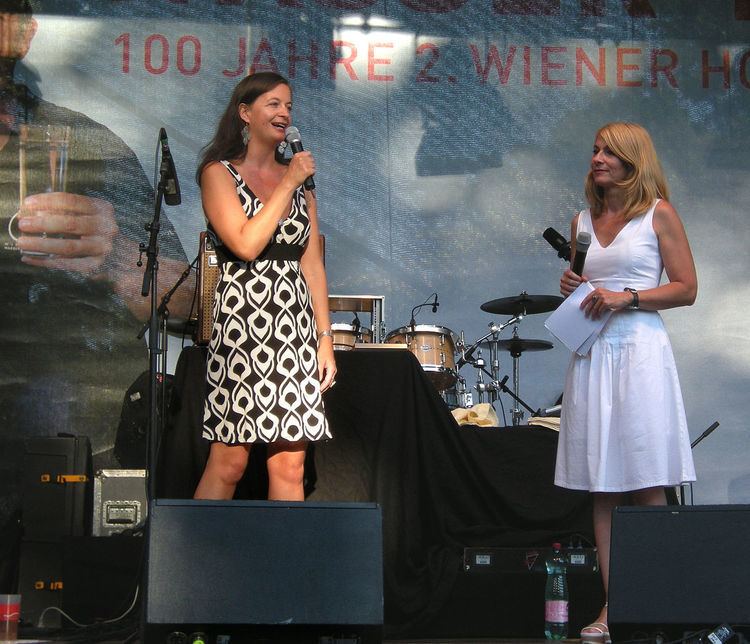Value 0.102 (2012) Maternal mortality (per 100,000) 4 (2010) Females over 25 with secondary education 100.0% (2010) | Rank 14th Women in parliament 28.7% (2012) | |
 | ||
Women in labour force 67.1% (employment rate OECD definition, 2015) | ||
The legal position of women in Austria improved since the middle of the 1970s. With regard to women's rights, the priority in Austria is based on the equal treatment of both genders, rather than having equal rights only. Thus, Austrian women benefit from their government's attempt to compensate for gender-specific inequality of burdens. However, the concept of traditional roles, influenced by Roman Catholicism in Austria, is still prevalent within Austrian society.
Contents
Suffrage
Women's suffrage was granted in 1919, after the breakdown of the Habsburg Monarchy.
Marriage and family life
As in other European countries, marriage was traditionally based on the husband's legal authority over the wife. Until the late 1970s, married women's rights were legally restricted. Austria was one of the last Western countries to decriminalize adultery, in 1997. In recent years, new ways of living have emerged, with unmarried cohabitation increasing, as more young people question traditional ways. In the European Values Study (EVS) of 2008 the percentage of Austrian respondents who agreed with the assertion that "Marriage is an outdated institution" was 30.5%, and as of 2012, 41.5% of children were born outside of marriage. The total fertility rate is 1.46 children/women (as of 2015), which is below the replacement rate of 2.1.
Employment
Most women are employed, but many work part-time. In the European Union, only the Netherlands has more women working part-time. As in other German speaking areas of Europe, social norms regarding gender roles are quite conservative. In 2011, Jose Manuel Barroso, then president of the European Commission, stated "Germany, but also Austria and the Netherlands, should look at the example of the northern countries [...] that means removing obstacles for women, older workers, foreigners and low-skilled job-seekers to get into the workforce".
